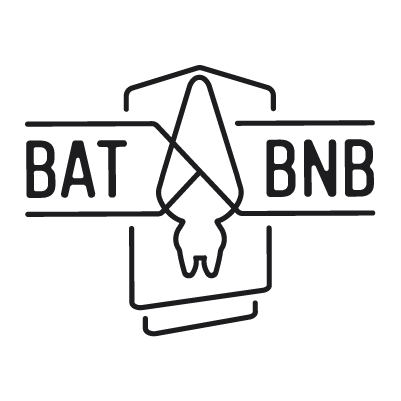Which bat house is right for me?
February 17 2022 – Harrison Broadhurst
Putting up a bat house is one of the best ways you can help save the bats and also sustainably reduce pest insects from your yard. But there are many different types of bat houses: single-chambers, muli-chambers, and even giant bat houses… How do you know what type of bat house to install?
You’ve come to the right place!
In this article, we’ll guide you through a few different types of bat houses to help you decide which is ideal for your property and situation.
Want to watch instead? Check out the video here!
BAT-FRIENDLY DESIGN
Before installing a bat house, the first thing you should check is that the design is bat-expert approved. Bat expert Dr. Merlin Tuttle reports that close to two-thirds of bat houses on the market are poorly designed and constructed, or are sold with inadequate instructions, making them unlikely to succeed. Make sure your bat house has the following features to help ensure an ideal sanctuary for the bats:
-
TALL CHAMBERS
-
STRONG GRIP
-
PROPER VENTILATION
-
PROTECTION AND SEALANT
-
HIGH QUALITY LUMBER AND BUILD
For more details about what makes an excellent bat house, see our comparisons page!)
Note: The placement of your bat house has a strong influence on its success. See our hanging guide that has tips to help you choose the best location for your bat box.
BAT HOUSE TYPES
Now moving on to the types of bat houses:
BatBnB currently has three different types of bat houses:
Let’s dive into their differences and which situation is ideal for each.
SINGLE-CHAMBERED:
SPECS:
- Dimensions: 4x18x34’’ (LxWxH)
- Occupancy: The smallest bat house, fitting up to 50 bats.
- Vents: One long frontal vents
USE WHEN:
- Ideal for testing bat needs in a new area where bat houses haven’t previously been used. Bat expert Dr. Merlin Tuttle recommends trying two: placing one so that it is more exposed to the sun than the other. Using this initial approach can double the odds of success. Bats like options!
WHERE TO USE:
- The ideal placement for single-chamber bat houses is on walls of buildings which can help stabilize temperature in these less thermally stable designs. In moderate climates they also can be used on poles.
DUAL-CHAMBERED:
SPECS:
- Dimensions: 8x21x38’’ (LxWxH)
- Occupancy: The medium-sized bat house, fitting up to 100 bats.
- Vents: located on both sides near the base.
USE WHEN:
- You want to provide an excellent safe home for bats
- You have a large mosquito or pest control problem
- You may want to host a bat maternity colony
WHERE TO PLACE:
- Either on a building or a pole. Note: We recommend not using a pole in areas where day to night temperatures commonly fluctuate by more than 25 degrees in July.

MAMMOTH:
SPECS:
- Dimensions: 4.5x38x29’’ (LxWxH)
- Occupancy: The Mammoth is the largest, fitting up to 279 bats.
- Vents: Both side and frontal vents located near the base
USE WHEN:
- You want to accommodate a larger colony where smaller houses are already occupied, or where a large colony has been excluded from a building
- You have a very big mosquito or pest control or problem
- You may want to host a larger maternity colony. (All BatBnB bat houses are capable of sheltering maternity colonies. Though smaller ones are more likely to attract small numbers of males).
WHERE TO PLACE:
- Either on a wall or a pole

Other than these factors, aesthetics is the other main difference. You can choose the style you prefer for your home and garden.
If you have any questions, check out our other educational resources, or reach us at support@batbnb.com.
Looking for another way to help bats? Consider donating to Merlin Tuttle’s Bat Conservation!








0 comments